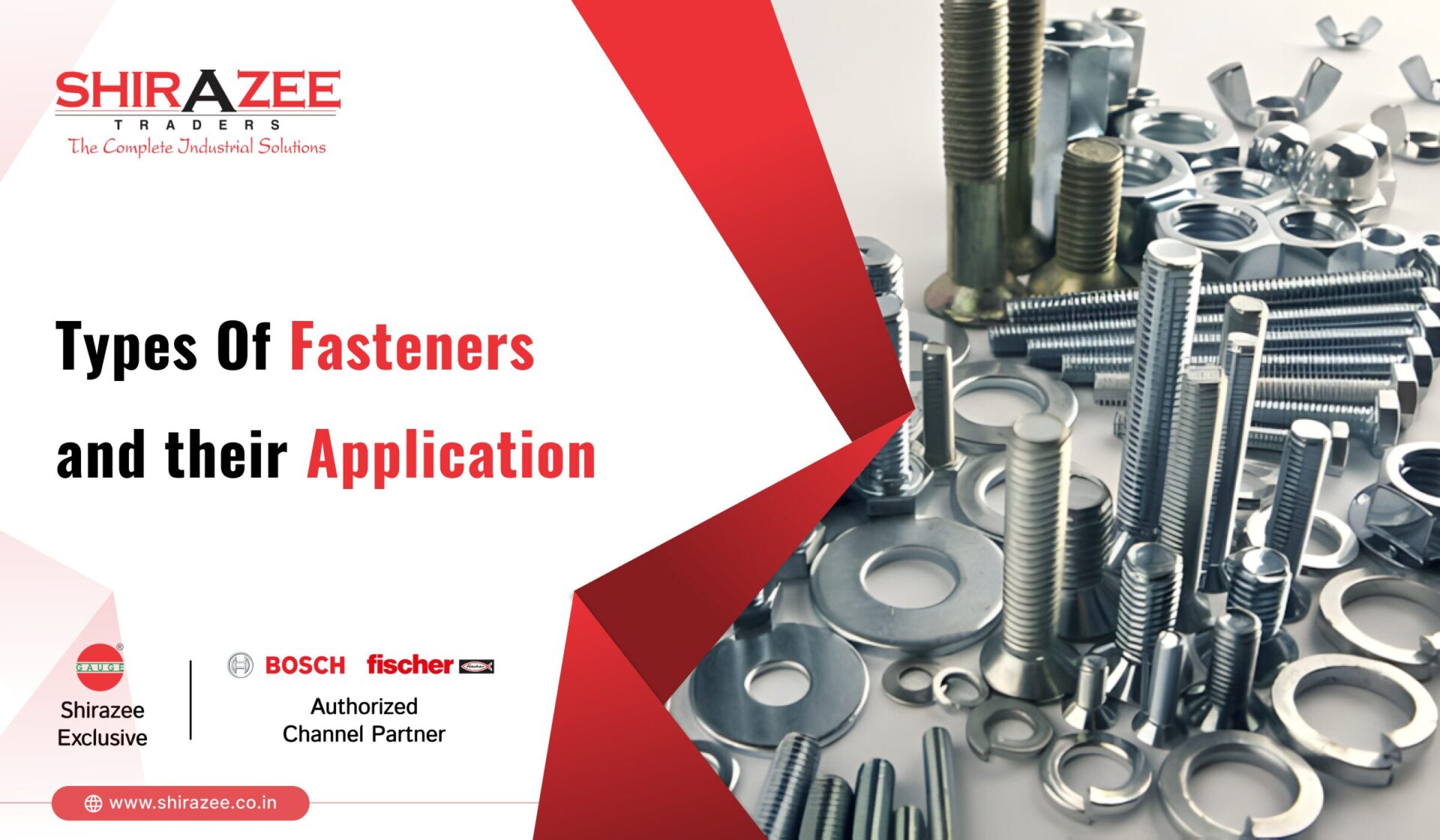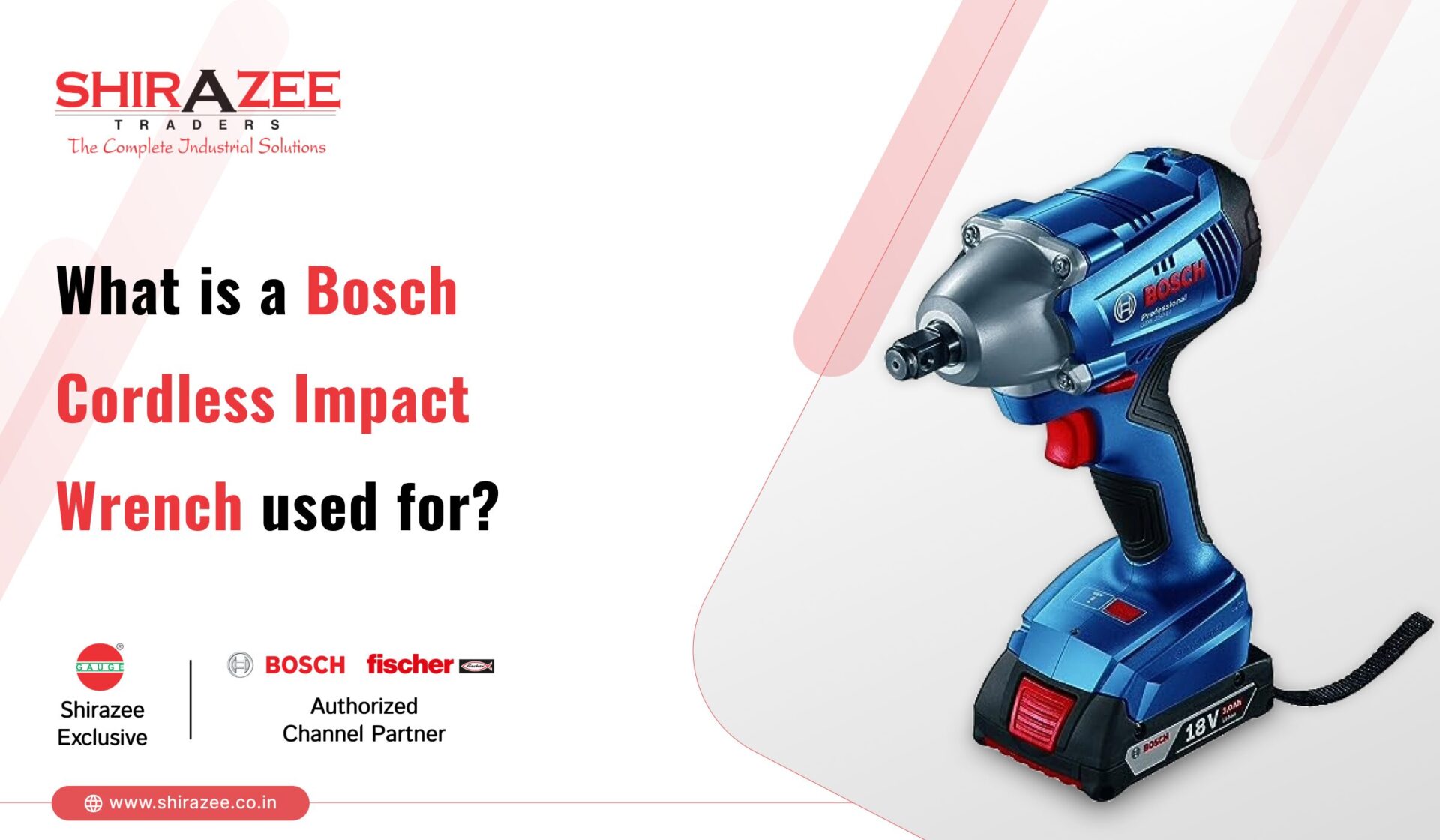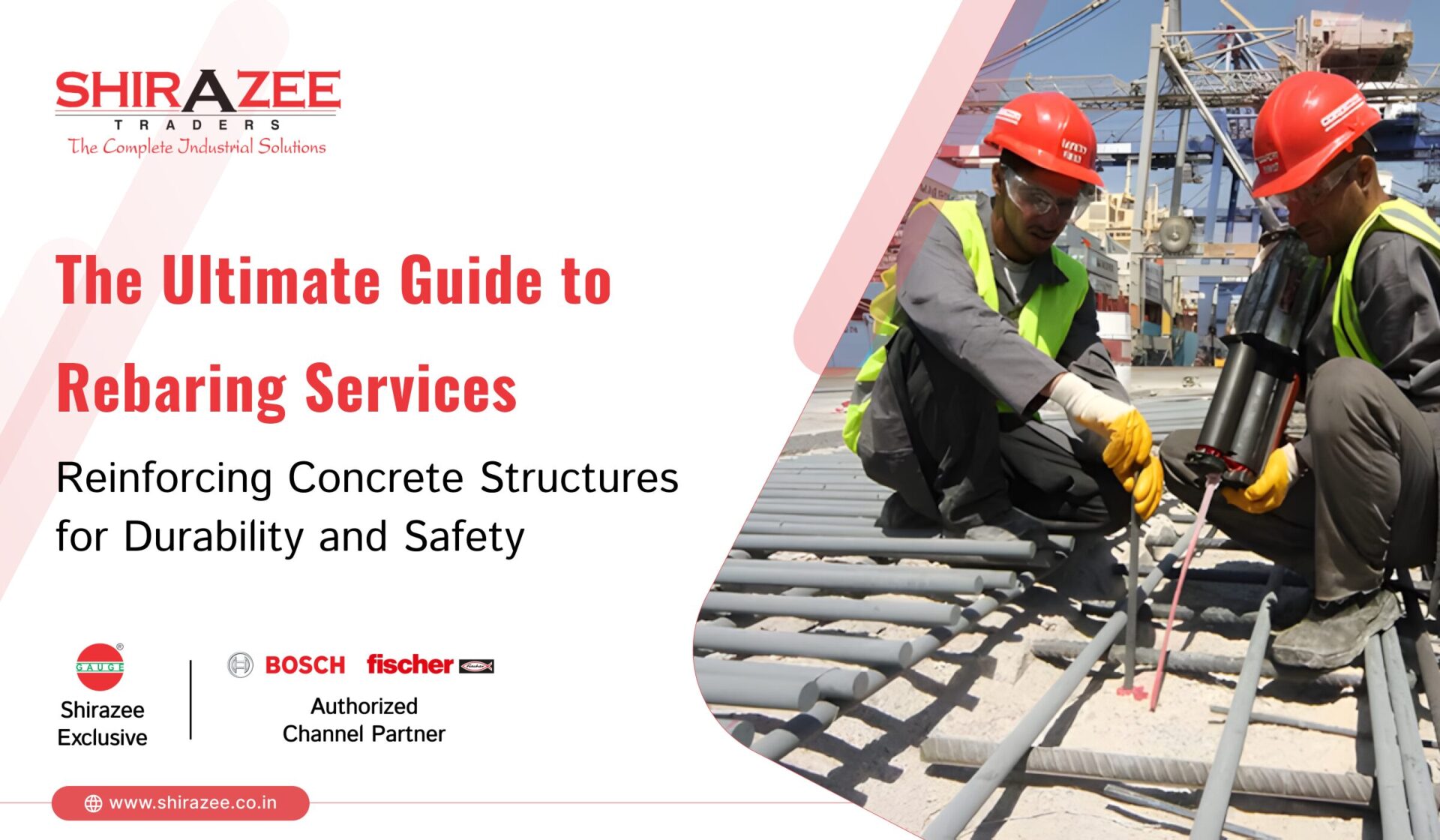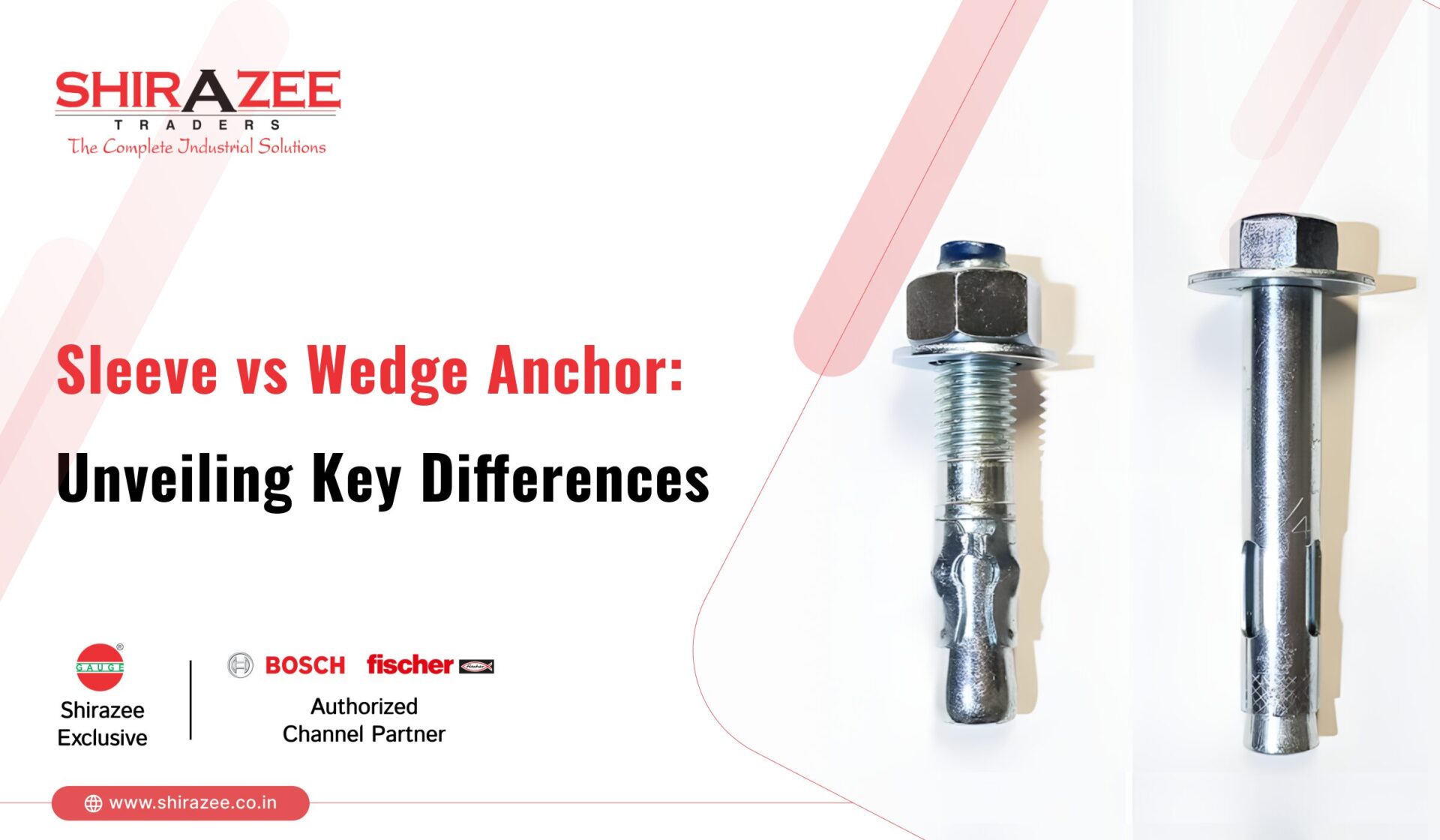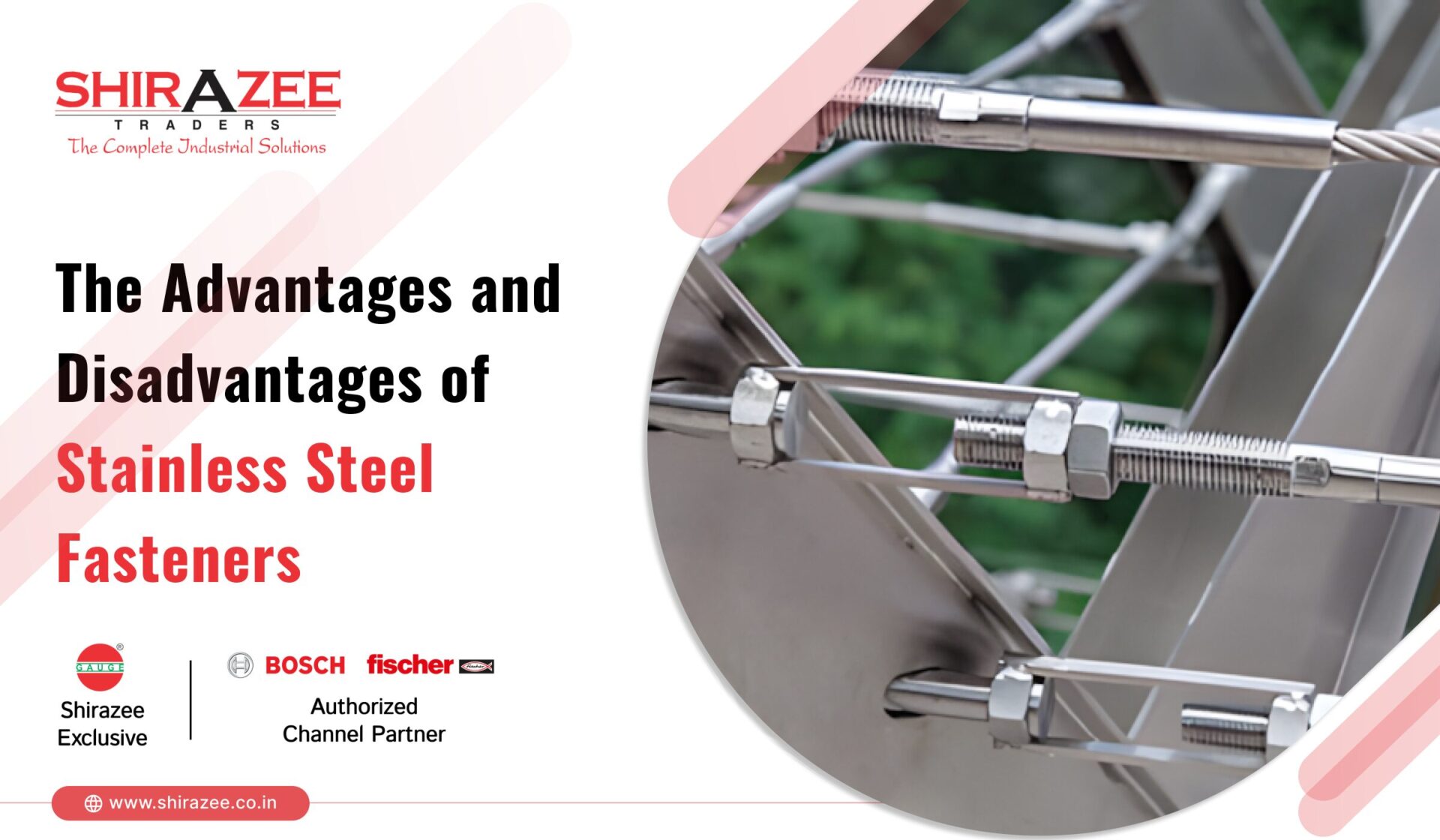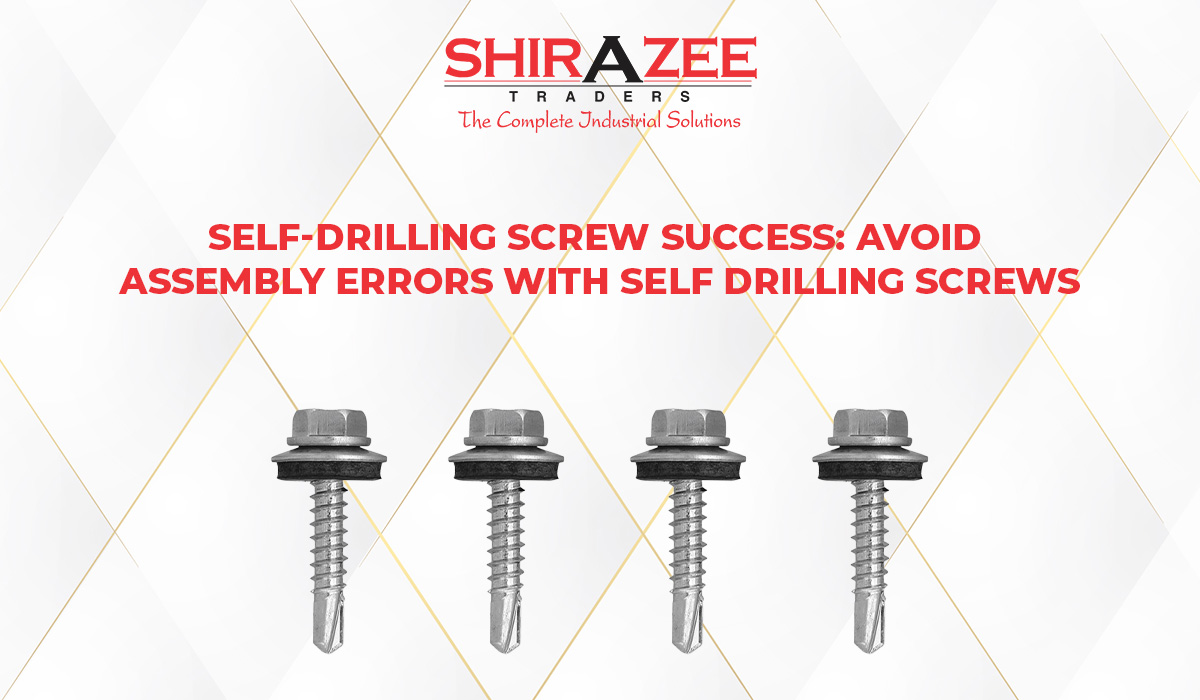
“A form of fastener that can make its own holes when it is driven into materials”, is what one would call a self-drilling screw. Also known as self-tapping screws, it is a product that is of utmost importance in the building, manufacturing, and do-it-yourself sectors of the economy.They are frequently employed where it is necessary to bind objects together without the use of pre-drilled holes, such as in building, woodworking, metallurgy, and a number of other applications. Self drilling screws are made with a unique point or drill bit at the tip that allows them to pierce the material as they are screwed in. This saves time and labor by eliminating the need for a separate drilling procedure. Although, there is a chink all armours so it is very eminent to understand both the pros and cons of a self-drilling screw so that its usage isn’t tampered in any way.
Success story of a Self-Drilling Screw
The potential of self-drilling screws to streamline and speed up the assembly process has led to a substantial increase in their appeal in the industrial and construction sectors. They reduce the possibility of assembly errors by eliminating the requirement for pre-drilled pilot holes by integrating drilling and riveting operations into a single screw. The success and benefits of self-drilling screws are highlighted in the points listed below :
Self-drilling screws have a sharpened self-tapping point and precisely crafted threads that make it possible for them to drill through the component while also producing a secure fastening connection, simplifying the assembly process. This streamlines the assembly process by doing away with the necessity for discrete drilling and fastening processes. When utilizing traditional assembly techniques, it’s common to run the danger of overlapping pilot holes or utilizing the wrong drill bit sizes, which can impair structural integrity and result in assembly problems. By offering a separate solution that automatically generates the right dimension of holes and threads while guaranteeing perfect alignment, self-drilling screws succeed in reducing this danger.
Self-drilling screws reduce the demand for time-consuming processes including drilling pilot holes, changing bits, and subsequent fastening. As a result, the total assembly time is drastically decreased, increasing productivity and lowering costs.
Self-drilling screws are designed to have a high load-bearing capability and superior pull-out resistance. Their self-tapping construction aids in the formation of tightly wound threads that firmly grasp the material, improving structural integrity and extending performance. There are many different sizes, styles, and materials of self-drilling screws to suit a variety of purposes.
They are very adaptable and suitable with various assembly requirements since they may be utilized with many materials, including wood, plastic, metal, and other composite materials. Self-drilling screws can improve the assembled items’ aesthetic appeal. Their sleek construction lessens the visibility of drill holes, resulting in a finish that is more environmentally friendly and aesthetically pleasing.
Finally, self-drilling screws have successfully avoided assembly mistakes and streamlined the assembly process. Combining drilling and fastening tasks makes operations simpler, lowers the possibility of errors, saves time and money, and improves structural integrity. Manufacturers and construction experts can produce more effective and dependable assemblies by using self-drilling screws.
Assembly Errors in Self-Drilling Screws
In spite of its benefits, it’s crucial to remember that self-drilling screws should still be installed according to the correct procedures. For each application, the right screw type and dimension must be chosen. Additionally, the right torque must be applied, and the screw must be driven parallel to the surface. Especially in mild steel self drilling screw and stainless steel self drilling screw, following industry best practices, seeking the advice of specialists or professionals as necessary, and giving safety and environmental concerns first priority throughout the selection, installation, and maintenance procedures is strictly advised.
Ways to avoid these Assembly Errors in Self-Drilling Screws
Self-drilling screws, especially the stainless steel ones, have the benefit of being processed much more quickly because no pre-drilling is required. The right speed is determined by the kind of screw. As a general rule, the faster the speed and a lower contact pressure, the lesser the screw diameter. On the other hand, larger screw sizes are handled at a slower speed and a higher contact pressure. If the chosen speed is set too high, there’s a chance that the bit being drilled will burn out and stop working. Chip removal may not be ensured at too low a speed. In the worst situation, assembly is impossible due to the screw becoming clogged or taking an excessive amount of time. Adding on, the self-drilling screw’s incorrect installation, alignment, and location is another common assembly mistake. Misaligned screws have the potential to weaken or harm the building materials. Therefore, it’s crucial to use the necessary equipment to place and align the screw correctly.
A crucial factor to take into account is choosing the proper self-drilling screw size and length for the particular application. Screws with improper sizing risk breaking or becoming loose, which could cause secured items to come away. To avoid this, it’s crucial to check that the screw’s size and length are appropriate for the application by consulting the manufacturer’s specifications. The greatest thickness of components that may be penetrated with a screw depends on the drilling efficiency of the screw, which relates to the drill point. The millimeters are used to express the drilling performance value. Self-drilling screws with better drilling performance in terms of drill point length and diameter are only intended for components with greater thickness.
The drill tip diameter and subsequently the drill hole created are too large and the lateral coverage is too small when utilizing a self-drilling screw with an excessively high drilling performance. A safeguard against turning back is also lacking, which could lead to the screw being accidentally relaxed and the tightness being lost. Pre-drilling holes to avoid material damage will help you avoid common assembly errors.
When installing self-drilling screws, pre-drilling holes might assist in avoiding material damage. This is crucial for materials that are brittle, such as porcelain, ceramics, glass, and composites. Pre-drilling the holes can also assist keep the screws from cracking or coming undone, ensuring the stability of the fastened materials. In keeping self-drilling screws from being over- or under-tightened, it could result in assembly mistakes that damage the structure or separate the materials. When installing self-drilling screws, it’s crucial to adhere to the manufacturer’s recommendations and use the appropriate amount of torque.
Handling and Storing Self-Drilling Screws
Avoiding frequent assembly mistakes is essential, according to self-drilling screw makers in India, for an effective and secure installation. It’s critical to use best practices when managing and conserving these screws, in addition to selecting the appropriate size and kind of screw, applying the correct alignment and torque, and pre-drilling holes as required. The following advice can help you stay clear of typical mistakes and guarantee the durability of your anchoring system:
In order to prevent self-drilling screws from rusting or corroding, which could compromise their dimensional stability and lead to assembly mistakes, keep them dry and cool. Avoid exposing screws to moisture, high humidity, or high temperatures and keep them kept in a dry, cold environment.
Self-drilling screws are built of sturdy materials, yet if handled improperly, they might still sustain harm. To prevent bent or warping, avoid dropping or hitting screws, and preserve them in a safe bin or container. Moreover, they can be kept sorted by size and kind to save time and avoid mistakes during installation. Before beginning a project, check your inventory to make sure you have the appropriate screws on hand and use branded storage boxes or trays to keep screws distinct. It is essential to check self-drilling screws for damage, rust or wear before using them in order to prevent typical assembly errors and guarantee a successful installation. Any screw that doesn’t meet the requirements or is broken is thrown away right away. Following these stringent guidelines will help make sure that your installation is durable as well as that those self-drilling screws work more efficiently. Additionally, it’s essential to refer to the manufacturer’s requirements and apply the tools and procedures intended for a task.
It is crucial to determine the ideal screw size, position, and alignment, as well as the correct screw type, torque setting, and handling and storage procedures for self-drilling screws in order to avoid mistakes during installation. Following these instructions can help you avoid mistakes and guarantee that the materials you’re fastening are safe and durable. To guarantee a successful installation, always refer to the manufacturer’s instructions and use the right equipment and techniques for the job.
Conclusion
In conclusion, following these instructions can help you avoid mistakes and guarantee that the materials you’re fastening are safe and durable. To guarantee a successful installation, always refer to the manufacturer’s instructions and use the right equipment and techniques for the job. If one can avoid these errors, none can question a self-drilling screws’ ability to tap threads into materials such as metal, brick or wood. In this work, these tools are nothing but the best.


